As memories fade, let’s remember the lessons of Bali
I remember the harsh light and the heat; burnt-out vehicles; and the piles of rubble, charred timber, and twisted metal where the Sari Club and Paddy’s Bar had stood.
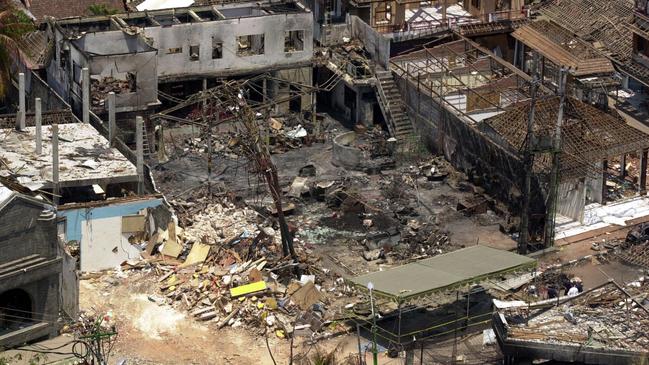
The memory is fading now. Like Polaroid snapshots left too long in the sun, the images in the mind’s eye of the morning after the bombings are increasingly fragmentary and blurred.
I remember the harsh light and the heat, even early in the day, perhaps around 8am. I recall the smouldering embers; burnt-out vehicles; and the piles of rubble, charred timber, and twisted metal where the Sari Club and Paddy’s Bar, once at the heart of Kuta’s night life, had stood.
And then there was the evidence of human cost. Bodies, or parts of them, were still to be collected, either lying under sheets or poking through the ruins. And there was the litter of personal effects – shoes, especially shoes – strewn on the street.
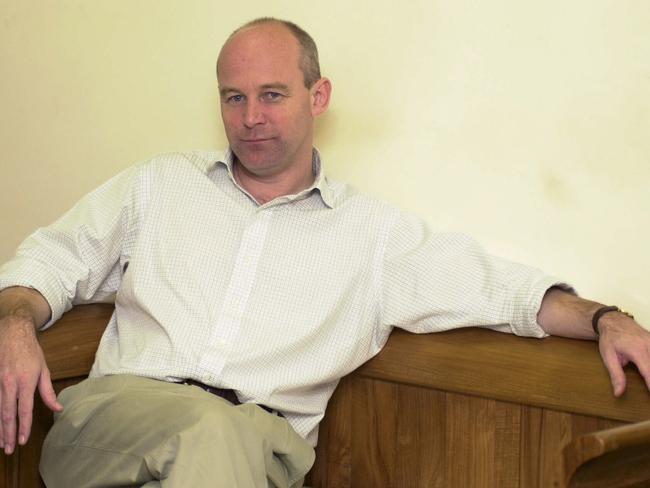
Firemen played hoses across the odd glowing cinder, impervious to downed power lines in pools of water, and to the potential corruption of evidence. In the absence of a clear police cordon, people with no apparent official purpose came and went along Jalan Legian looking in wonder at the row of destruction that included shops and offices in the immediate vicinity of the blasts.
Watching from the sidelines with The Washington Post’s Alan Sipress, I remarked that this was a strange way to treat what was obviously a crime scene, an act of terrorism.
I say “obviously” because it didn’t seem obvious to a lot of Indonesians in positions of leadership at that precise moment.
Following the 9/11 attacks in the US, and in the months leading up to the Bali bombings, there had been considerable debate inside the Indonesian government over how to handle mounting evidence that Indonesia had a terrorism problem.
The solution for some simply lay in denial.
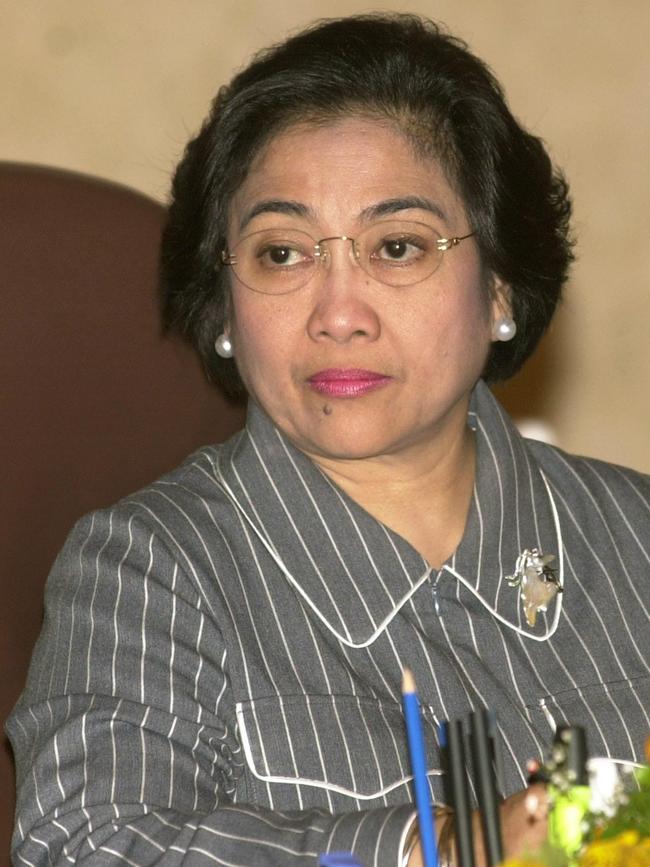
Then president Megawati Sukarnoputri – who had been in Washington on 9/11 – had tried to combine co-operation with the US and the broad international alliance that had formed to fight terrorism with recognition of the sensitivities of a newly confident political Islam in Indonesia that saw the anti-terrorism campaign as a means of containing legitimate Islamic aspirations.
This was a difficult and ultimately unsustainable balance. Its failure was publicly manifested in repeated statements from a variety of public figures who dismissed the presence of Islamist terrorist activity in Indonesia. The most prominent of these voices was vice-president Hamzah Haz, who was also chairman of the Muslim United Development Party.
Even after a string of bombings targeting churches, the Jakarta Stock Exchange, and The Philippines ambassador, Haz had maintained there was no international terrorist link to Indonesia. This fiction persisted after the Bali bombings when conspiracy theories abounded that foreign agents, especially from the CIA or Mossad, had planted the bombs to embarrass Indonesia or discredit Islam.
Overcoming the government’s reluctance to acknowledge the extent of the terrorist threat and to empower law enforcement agencies would be the first challenge to an effective investigation of the bombings and the capture of the perpetrators. In the end, this proved vastly more successful than anyone could have imagined at the time.
Yet in the days after the bombings, the denials provided an additional sense of the surreal to the horrors visited on this tropical idyll. In Jakarta, Megawati, herself half-Balinese, memorably opened a press conference with foreign minister Alexander Downer by remarking on the pleasant weather. All this infused the interpretation of events by foreign journalists and officials with another layer of bewilderment and anger.
For those faced with the immediate tasks of caring for the injured, processing and identifying human remains, and comforting bereaved families, those emotions probably came later.
They faced the real horrors of that day in the overflowing hospitals treating victims of severe trauma and burns, and in a morgue never designed to cope with so many bodies.
It prompted some grim improvisation – a refrigerated shipping container to store random, unidentified body parts and the purchase of the entire supply of ice manufactured in Bali to cool body bags. Local youths were organised into a chain gang to keep the flow of ice running to the bags for several days.
Individual stories of miraculous survival, mingled with tragic loss, are for me among the most enduring memories of those early days. I recall interviewing three surprisingly composed young men from the Kingsley Football Club in Perth at the Bounty Hotel in Kuta two days after the bombings. They had been inside the Sari Club at the time and had lost seven mates.
Then 19-year-old Brad McIlroy captured the moment the bomb went off with the line: “The only way I can describe it is like that scene in Saving Private Ryan where everything goes quiet and silent and into slow motion.”
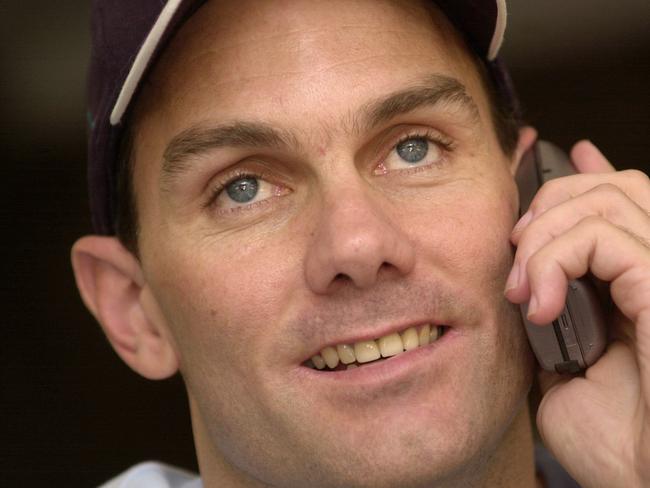
The girl he had been dancing with was dead. The team’s coach, Simon Quayle, was committed to stay on until everyone was accounted for. “We can’t leave until we have seven guys’ ID; we want to leave Bali, but we won’t leave until we have found everyone.”
There would be no one who was in Bali in those days who would not carry the memory with them for life, especially the frontline carers and investigators. They are the heroes of Bali, as are the many local people who displayed compassion and concern for the victims. There are some who can never go back. I have seldom returned, although I was there three weeks ago and observed preparations for this year’s G20 summit.
Bali as a tourism and conference destination has shown extraordinary resilience, overcoming a second terrorist attack in 2005 and most recently the collapse of international travel from the pandemic. Australians are now again leading the way of the latest travel revival.
But whenever I am there, thoughts of the Sari Club and Paddy’s Bar almost reflexively enter the mind. Both had been regular haunts for journalists transiting Bali on the way to and from East Timor in 1998 and 1999. Had I been in Bali on the night of October 12, 20 years ago, I probably would have been there. It made the stories of the survivors that little bit more real.
As former ambassador Ric Smith remarked on the eve of this anniversary, “none of us can ever shake this off”. That neatly says it.
In the atmosphere of heightened anxiety immediately after the bombings, Australian protective security personnel held concerns about Smith’s safety in the face of death threats.
To his bemusement, he was shuffled between hotel rooms under the name I. Cognito.
Still, Bali did change some important things. It is too grand to say, as John Howard has, that it represents a “loss of innocence” for Australia but it did awaken the nation to the reality of threats that had till then seemed far distant – a risk to life in places like the Middle East or South Asia.
It was the pretext for a significant growth in Australia’s transnational policing, counter-terrorism and intelligence capability, and perhaps a willingness to tolerate the encroachment of law enforcement on certain liberties.
For Indonesia, although it was hard to see it happening at the time, the Bali bombings administered the shock the nation needed to finally start to address terrorism in a systematic way. Initially, this was demonstrated in new counter-terrorism regulations and the astonishingly rapid progress of the joint investigation by the Indonesian National Police and the Australian Federal Police to uncover the culprits of Bali and the role of their organisation, Jemaah Islamiah.
Later, it included religious education and deradicalisation programs and the creation of a dedicated police unit, Densus 88, that proved very effective in ending a wave of terrorist attacks that ensued in the following years, including the 2004 bombing of the Australian embassy in Jakarta.
In the shared trauma and intergovernmental collaboration that sprung from the Bali bombings, Australia and Indonesia gradually started to heal some of the wounds caused by the conflict over East Timor.
The change in sentiment was eloquently expressed by Susilo Bambang Yudhoyono at a ceremony in Bali to mark the first anniversary of the bombings. A year before he succeeded Megawati as president, SBY told families and officials: “Never mind their nationalities. Never mind their race, religion, ethnicity, or profession. They were our sons, our daughters, our fathers, our mothers, brothers and sisters, cousins, best friends, soulmates. And they were all innocents.”
Are there lessons from the Bali bombings? There is a compulsive desire to find them on anniversaries, and that sometimes stretches their significance.
Despite mounting evidence from 2001 of Southeast Asian links to international terrorism, there was no certainty about when and where a terrorist attack would come. Potential targets in Indonesia were manifold, and most of them were in Jakarta.
So the first lesson is that it is hard to know when and where a threat will become an act. An ability to respond to a wide variety of scenarios is vital.
But there are several others.
The general health and intimacy of bilateral relations makes responding to a crisis like Bali vastly easier. We should continue to invest in good relations with our neighbours even when the rewards are not immediately apparent.
We should continue to grow our engagement at all levels of national security within the region, from natural disaster response to police, intelligence, and military co-operation. This enhances our capability to quickly respond to a crisis.
We should ensure we maintain the readiness and right capabilities and people to mount a rapid, whole-of-government deployment in a crisis. One of the marvels of Bali was the speed and effectiveness of the national response.
The scars of October 12, 2002 for many will never heal. There is ample evidence that survivors, family members and responders still carry the wounds. But as the memory fades for most of us, the value of those lessons should not.
Donald Greenlees was The Australian’s Indonesia correspondent between 1998 and 2003. He is a senior adviser to Asialink, the University of Melbourne

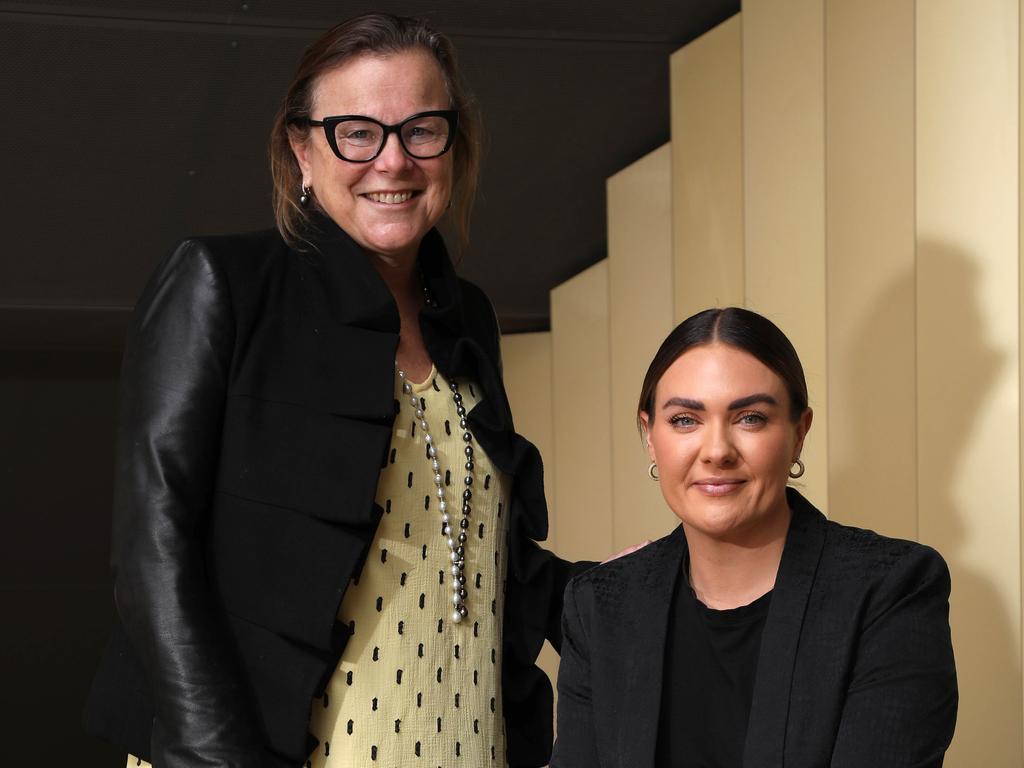
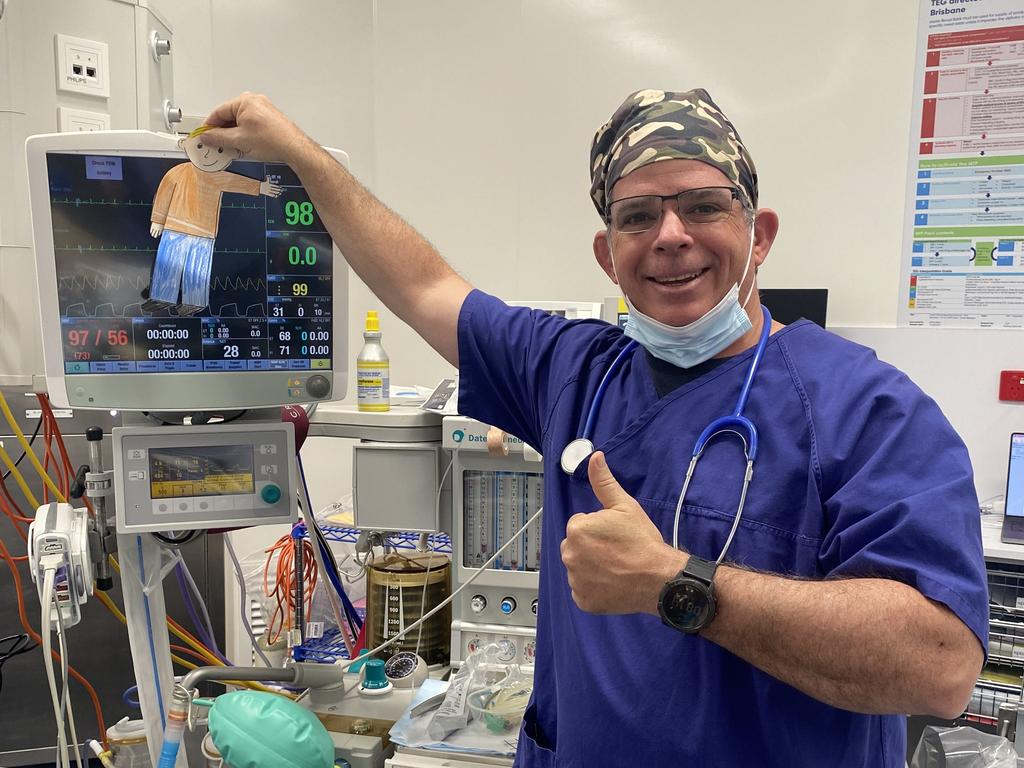
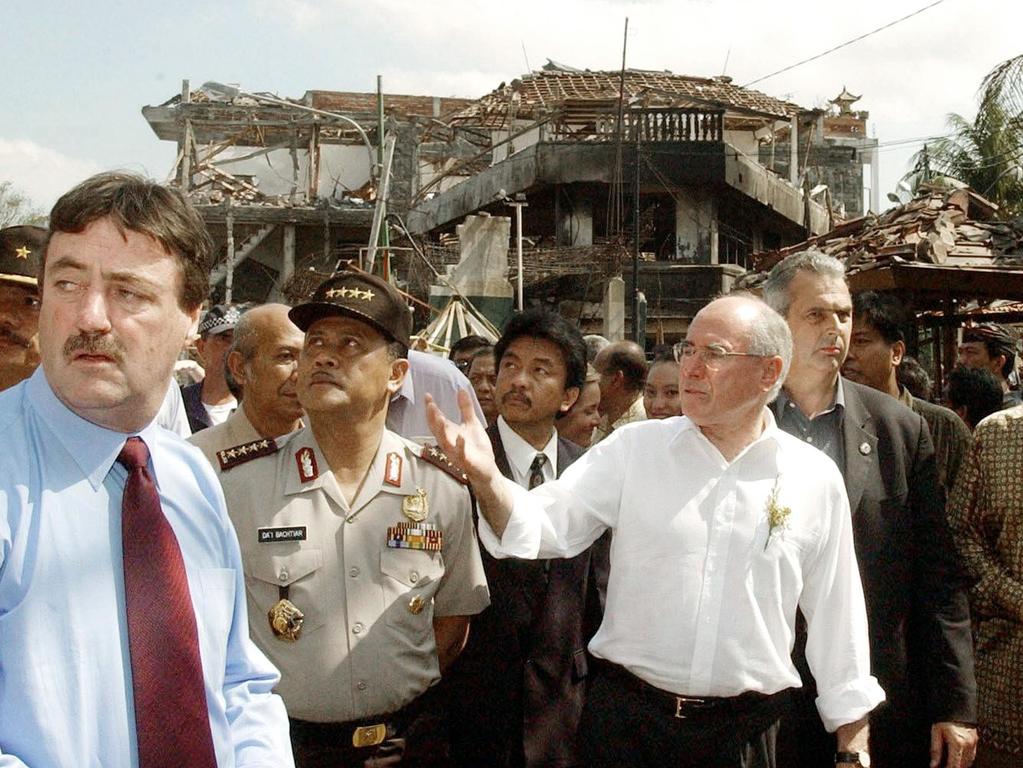



To join the conversation, please log in. Don't have an account? Register
Join the conversation, you are commenting as Logout